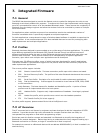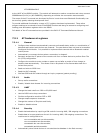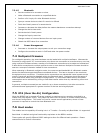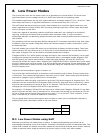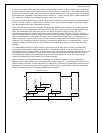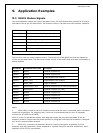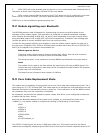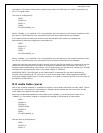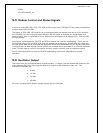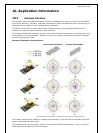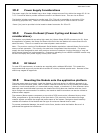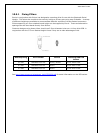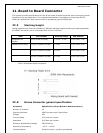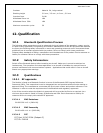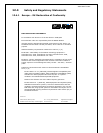
www.ezurio.com
AT&W
AT+BTR<bdaddr_m>
9.5 Modem Control and Status Signals
A serial port has DTR, DSR, RTS, CTS, DCD and RI control lines. RTS and CTS are locally controlled to
prevent local buffer overflow.
The status of DTR, DRS, DCD and RI can be exchanged with the remote peer device. If for example,
the DTR/DSR lines are to be exchanged between the two peers to simulate the performance of a
physical cable, then it is possible to do so. Refer to the description for S Registers 551, 552 and 553
for more details.
Some serial implementations link CTS and RTS to remove the need for handshaking. Ezurio do not
recommend linking CTS and RTS other than for testing and prototyping. If these pins are linked and
the host sends data at the point that the Bluetooth Serial Module deasserts its RTS signal, then there
is a significant risk that internal receive buffers will overflow which could lead to an internal processor
crash. This will lead to a drop in connection and may require a power cycle to reset the module.
Ezurio recommend that the correct CTS/RTS handshaking protocol be adhered to for proper
operation.
9.6 Oscillator Output
The output from the high performance crystal oscillator (+ 10ppm) can be divided and output on one
of the selected PIO lines, removing the need for a crystal on the customer’s main pcb. The
frequencies available are:
• 8 MHz
• 16 MHz
• 24 MHz
• 48 MHz
For more implementation details, please contact Ezurio’s FAE team.



